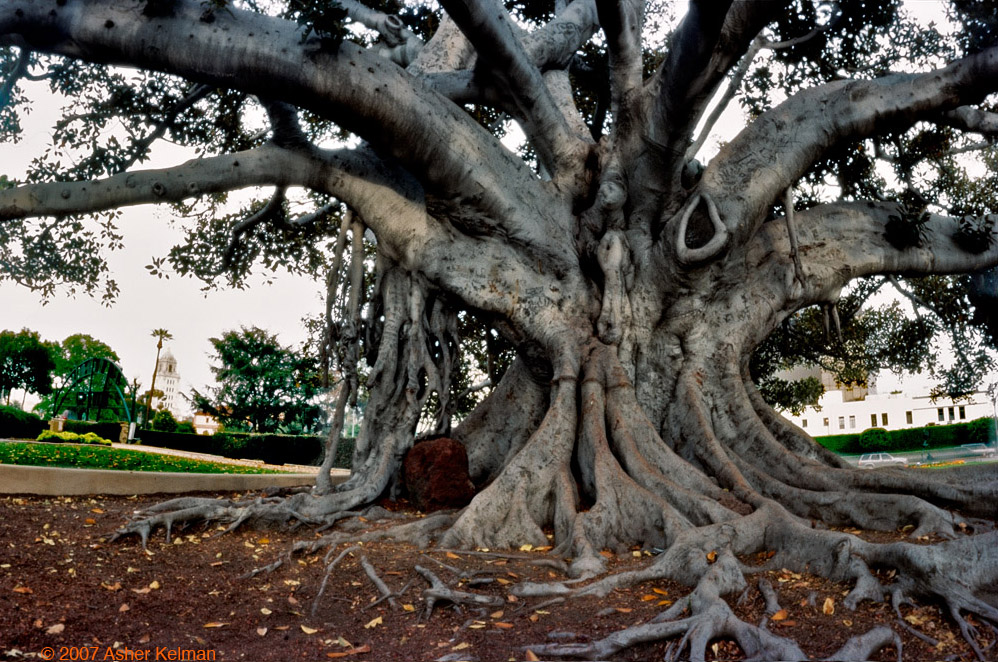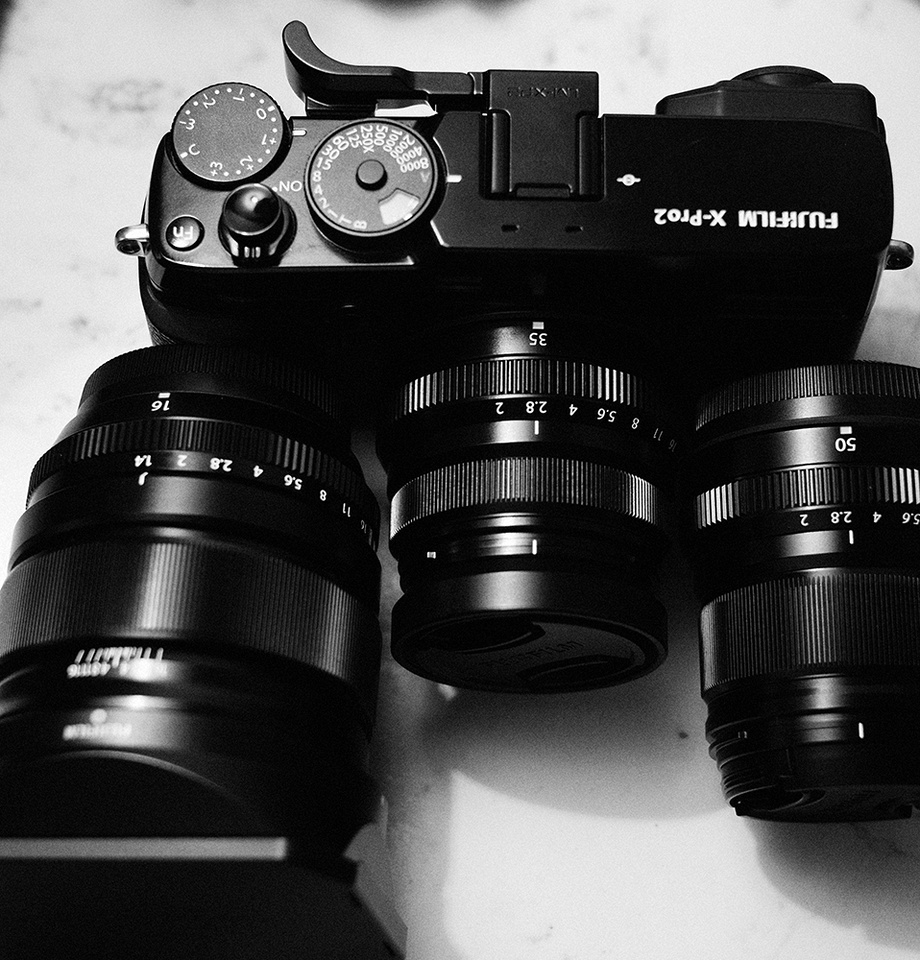Almost all of my current photography goes onto the Internet, mostly onto Carla's blog, some onto this forum, generally resized to a maximum dimension of 800 px for delivery. So, many of the demands on image quality are relaxed (perhaps sadly).
And because my mobility is a bit compromised from spinal stenosis, I found that schlepping a larger camera system doesn't work well. I offloaded my stable of Canon DSLR's and EF lenses, and moved to the world of non-interchangeable lens mirrorless cameras, potentially considerably smaller and lighter.
But, just as when in our first "downsizing" we moved into a house the same size, my current "major" camera, a Panasonic Lumix DMC-FZ1000, is as big and heavy as a mid-range Canon DSLR with a 50 mm lens aboard. It is a full-featured non-interchangeable lens mirrorless camera with a "one inch" sensor (20 Mpx). The lens has a focal length range of 25-400 mm ff35 equivalent, with an maximum aperture range of f/2.8-f/4.0 (f/2.8 . It is very responsive and has very complete and flexible controls. It does a fairly good job in low-light conditions.
But of course I really did need something that was actually smaller. Its stable mate, physically very much smaller (it can easily go into my pocket) has the very same sensor and processing chain. It is a Panasonic Lumix DMX-ZS100. Its lens has a focal length range of 25-250 mm ff35 equivalent, with an maximum aperture range of f/2.8-f/5.9. Its controls are as flexible as those of its cousin, although the smaller package gives fewer buttons to assign to things.
The lens on the FZ1000 is superior in many ways to that on the ZS100 (squeezing a lens with that focal length range, feeding a sensor of that size, into a very small package obviously brings some compromises). But it responds well and does a passable job in very low light situations.
Carla most of the time uses our Canon PowerShot G16 (about the same size as the ZS100. It has a much smaller sensor and a more modest focal length range, but its lens is excellent. She thinks the pictures are generally better than those from the ZS100. She's probably right.
Best regards,
Doug







